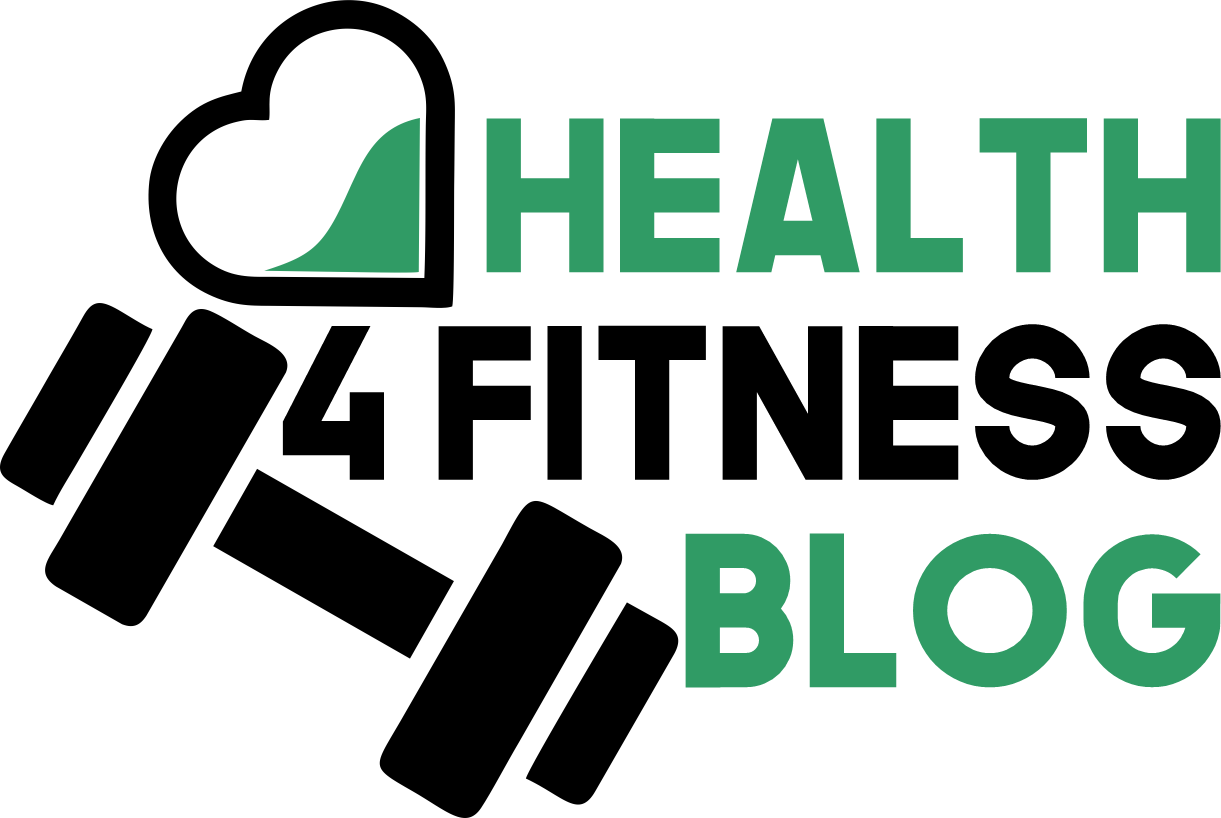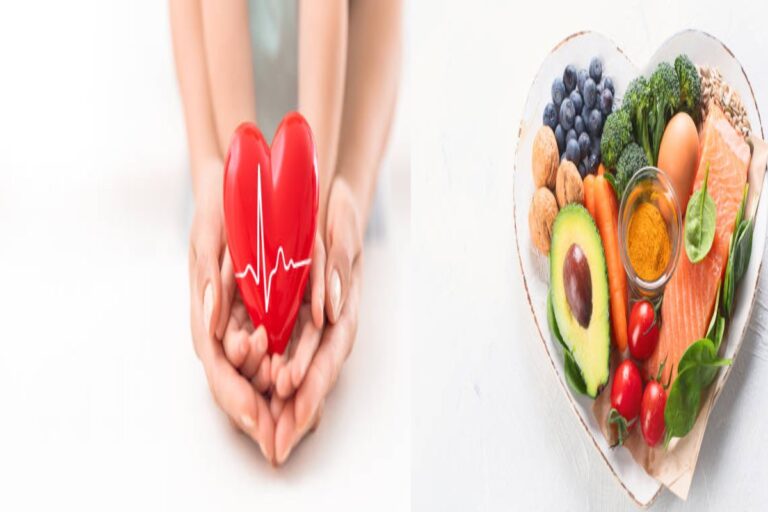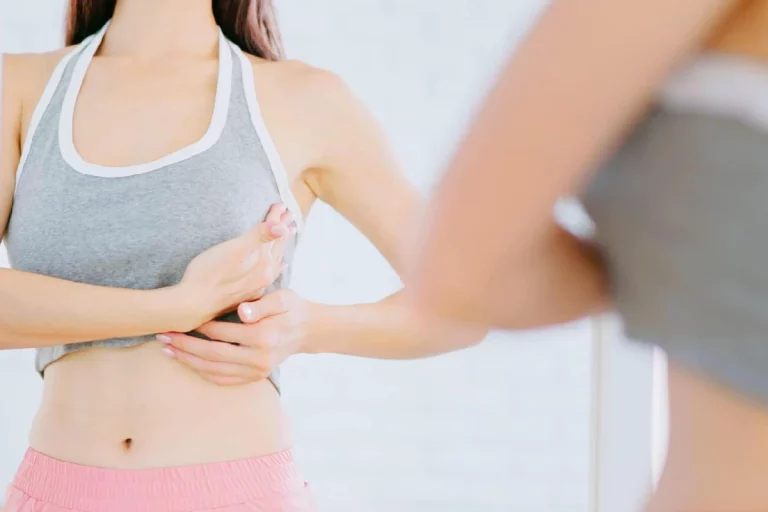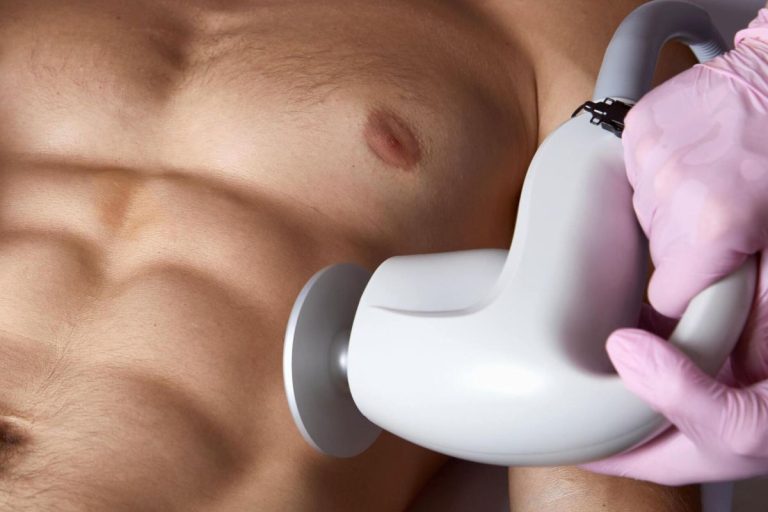Gynaecomastia treatment, or male breast reduction, is a surgery designed to reduce enlarged, benign male breast tissue. Like all surgical procedures, it involves some downtime, but there are some tips to ensure your recovery process is smooth and efficient.
Follow these seven tips for a healthy healing process after male breast reduction in Sydney, Melbourne or beyond.
-
Table of Contents
Don’t overexert yourself
Breast reduction surgery is exactly that – surgery. Therefore, it requires some downtime to allow your body to heal and get used to its new aesthetic. When you feel up to getting up and about, you can start to walk around the house for a few minutes a day to help prevent blood clotting and keep the circulation moving. After a couple of weeks you can start light exercise but do not do any heavy lifting for at least six weeks after your surgery.
-
Take it easy on the ice pack
Although cold compression is a good way to reduce post-surgery swelling, you have to ensure that you don’t apply ice directly onto the skin – wrap your ice pack up in a towel and only use it for a few minutes every time. Your chest will be numb for the first few days after surgery meaning you won’t be able to feel the cold as much – this risks burning the skin so be careful with the ice pack!
-
Hydration is key
Be sure to keep drinking water after your surgery – it is key to a smooth process.
-
Get plenty of sleep
Our bodies heal when we sleep, but you have to ensure you are doing it properly after your surgery. Sleep inclined at a 45-degree angle for the first few days after surgery. Sleep on your back and avoid sleeping on your side or stomach as this can impede on your incisions. If you struggle to sleep like this then consult your surgeon – they may be able to prescribe something to help you sleep.
-
Wear your dressings & garment as directed
Garments and dressings help reduce swelling and improve the recovery process. Your doctor might call you for a follow-up appointment to remove your bandages to see that there has been no infection. You may also have to wear pads to absorb any oozing, and your doctor may ask you to wear a binder for a few days after the surgery. Don’t wear it too tight, however, as this may impede on the blood flow. Wear your compression garments for four weeks after your surgery to reduce swelling and keep circulation moving.
-
Managing nausea
Your surgeon will work to ensure that you don’t experience much nausea after your surgery. This being said, some men are more susceptible to anaesthesia than others, so you might require medical help to diminish its effects. For a natural remedy, drink plenty of ginger tea post-surgery to help reduce nauseous feelings.
-
Bathing & showering
You should avoid showering for the first 24 hours after your surgery. The best way to get clean in the first two days post-surgery is via sponge bath. Soon after, you can start showering as usual. Try your best, however, not to get the incisions wet. Don’t bathe for some time after the surgery as this could infect the incisions. Gently dry your skin with a soft towel and keep your incisions clean and dry throughout the healing process.









